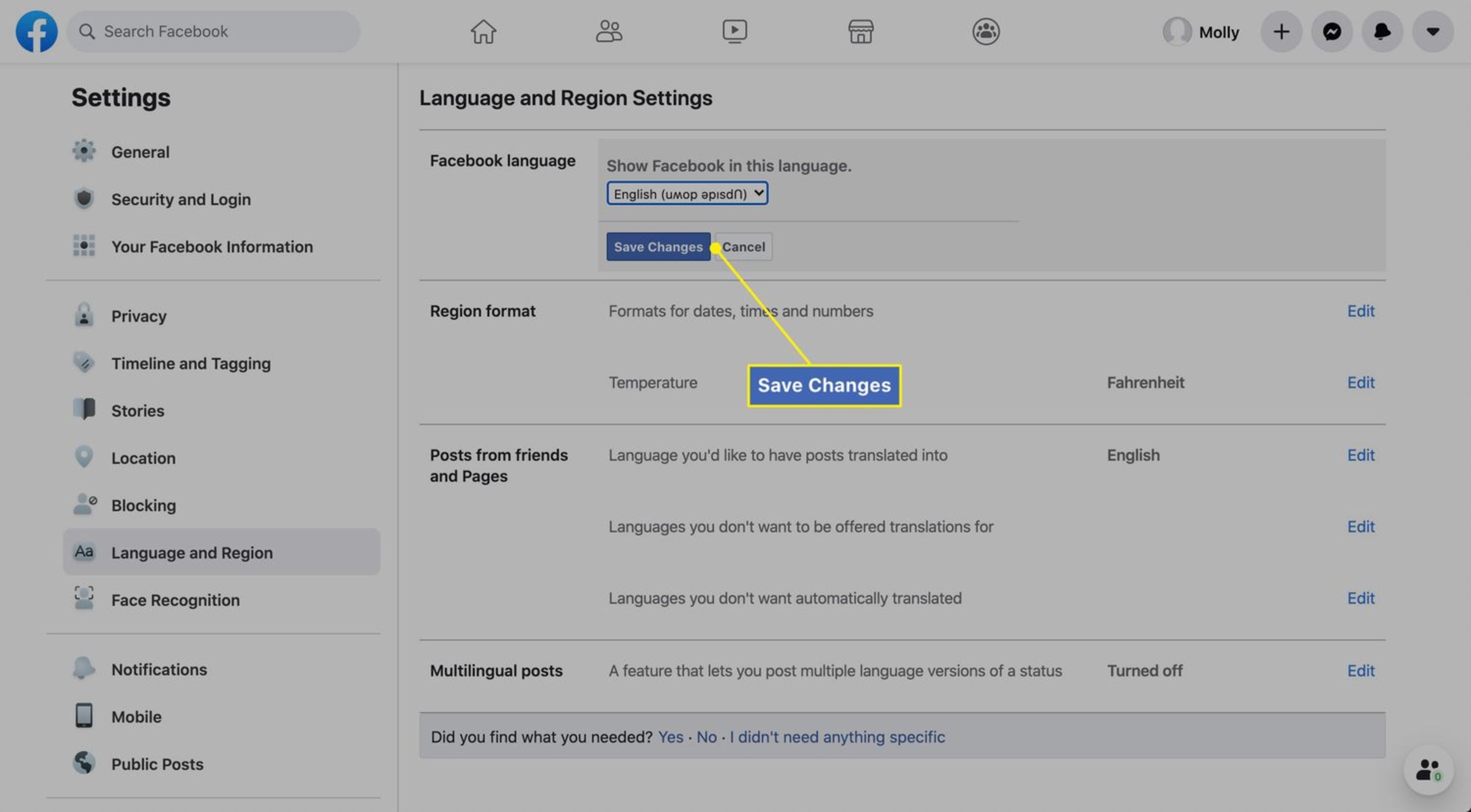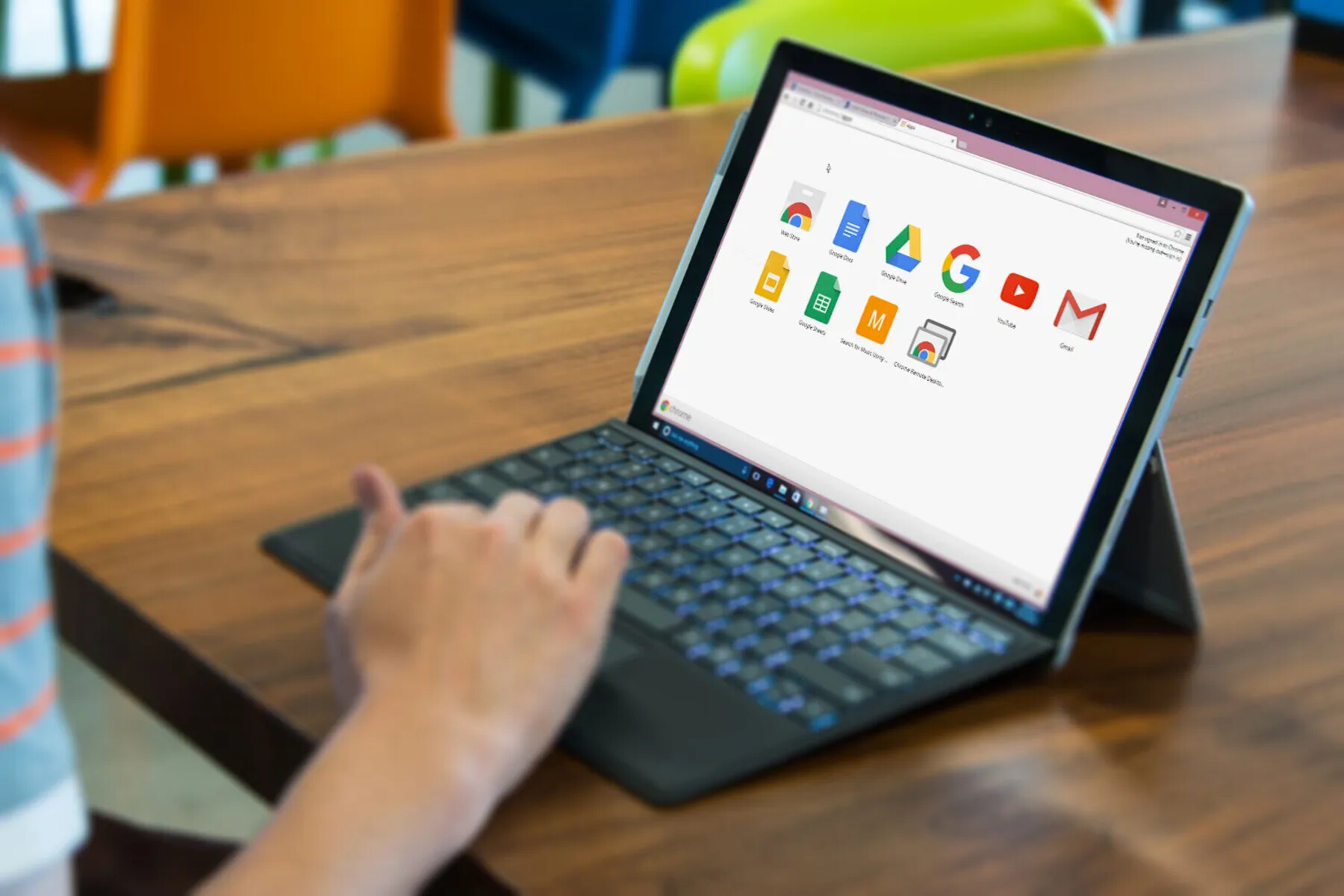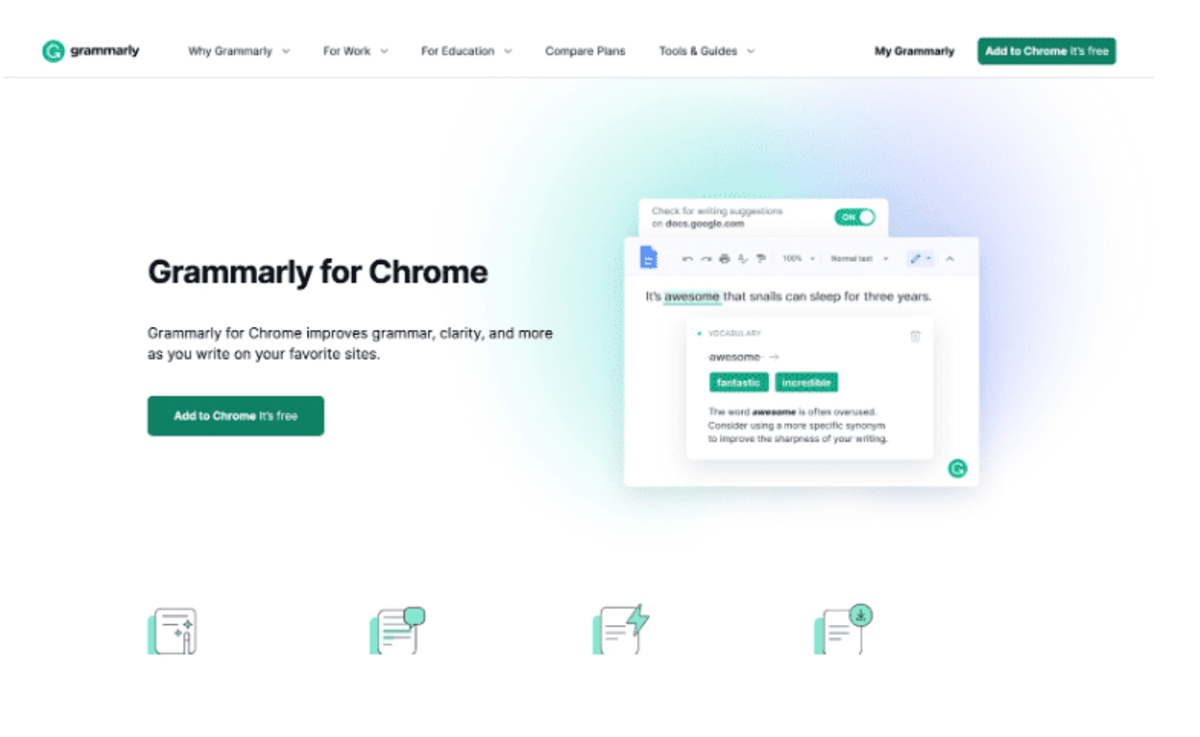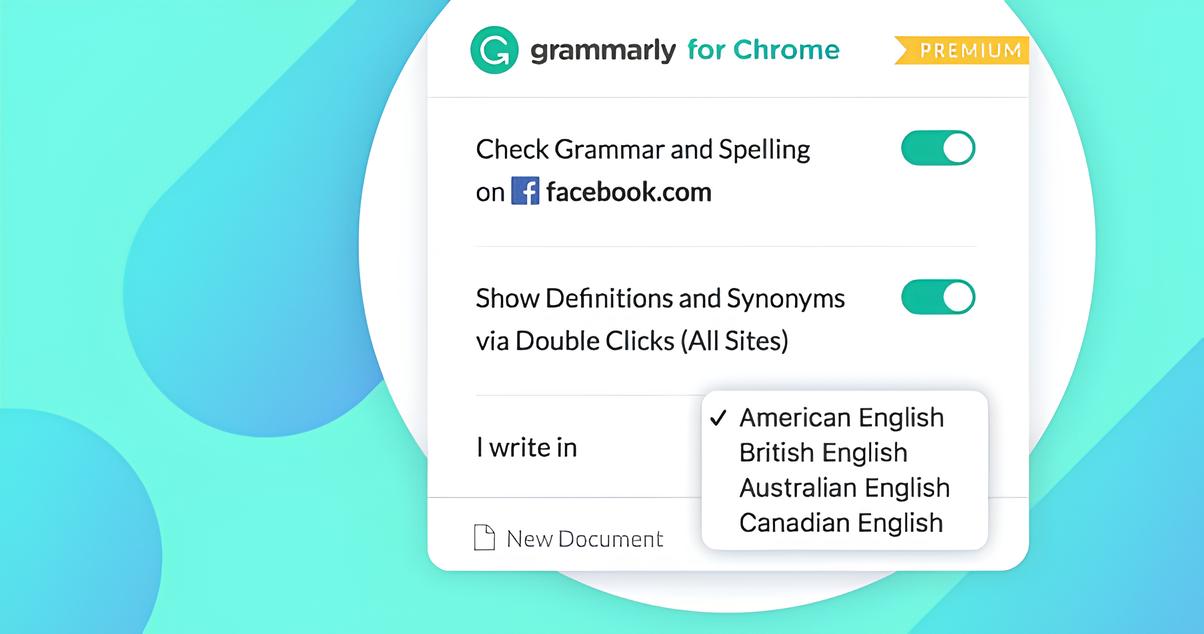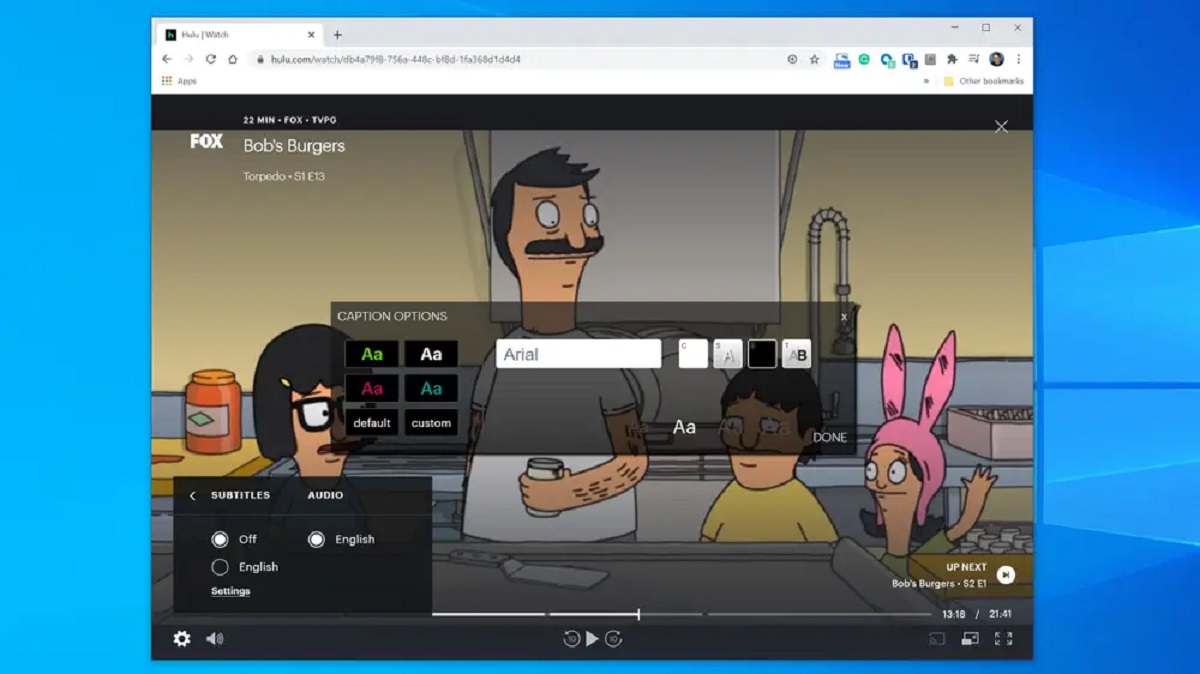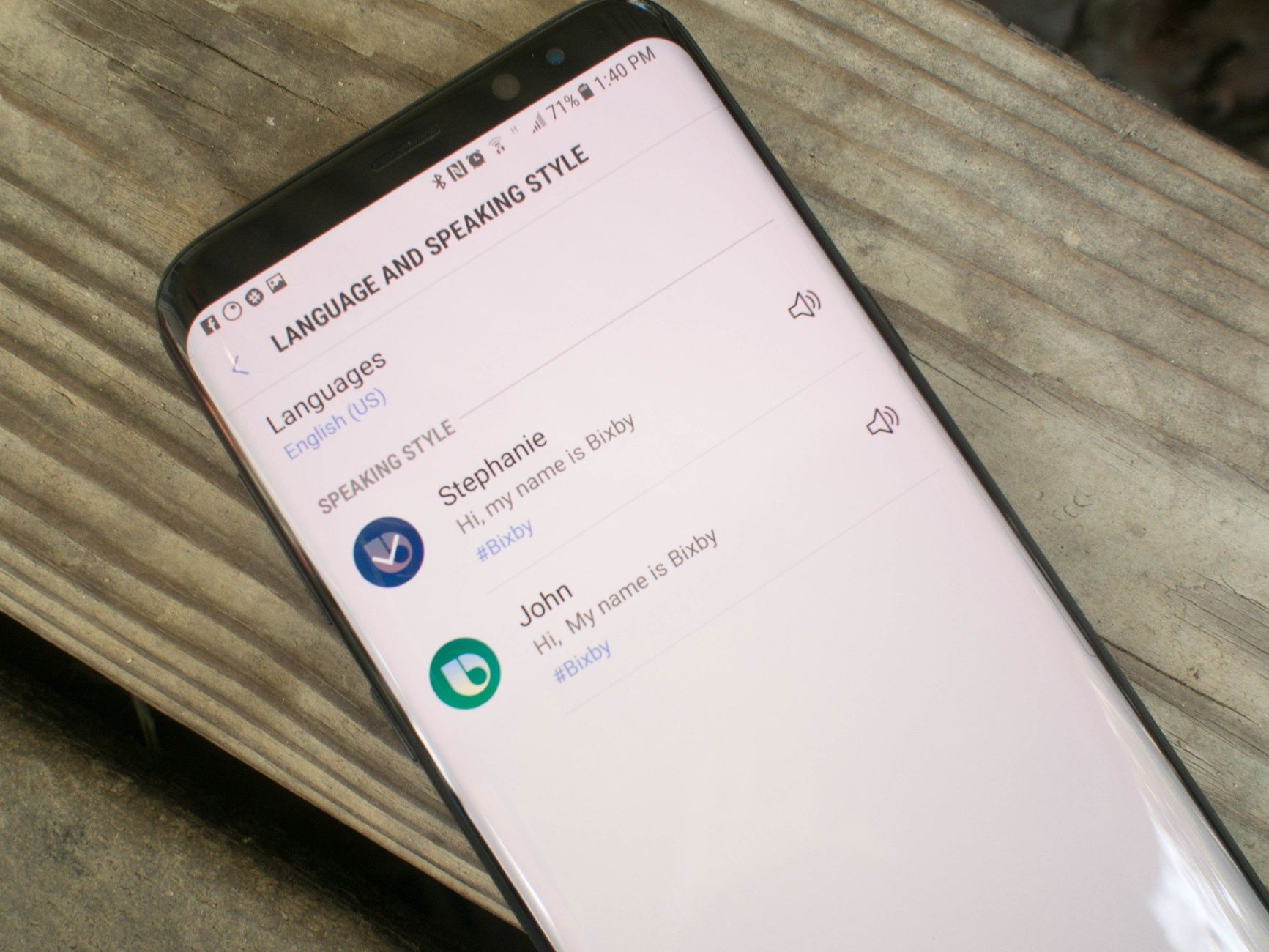Introduction
Welcome to the digital world, where the internet connects us to a vast array of information, entertainment, and communication. As you navigate the online landscape, you may encounter websites and content in various languages. If you prefer to browse the web in English, Google Chrome offers a convenient way to customize your browsing experience by changing the default language settings.
Whether you're a native English speaker, learning English as a second language, or simply more comfortable browsing in English, adjusting the language settings in Google Chrome can significantly enhance your online experience. By making this simple adjustment, you can ensure that the browser interface, search results, and website content are all presented in English, aligning with your language preferences.
In this guide, we will walk you through the step-by-step process of changing the internet language to English in Google Chrome. By following these instructions, you will be able to seamlessly navigate the web in English, accessing a wealth of resources and enjoying a more personalized browsing experience.
So, let's embark on this journey to customize your Google Chrome browser and unlock the full potential of the internet in the language you prefer. Get ready to explore the digital realm with ease and confidence as we delve into the simple yet impactful process of adjusting the language settings in Google Chrome.
Step 1: Open Google Chrome
To begin the process of changing the internet language to English in Google Chrome, the first step is to open the browser on your computer or mobile device. Google Chrome is a widely used web browser known for its user-friendly interface and robust features, making it a popular choice for internet browsing across various platforms.
If you are using a Windows computer, you can open Google Chrome by clicking on the Chrome icon located on your desktop or by searching for "Google Chrome" in the Start menu and selecting the browser from the search results. Alternatively, you can access Google Chrome from the taskbar if it has been pinned for quick access.
For Mac users, launching Google Chrome is as simple as clicking on the Chrome icon in the dock or locating it in the Applications folder and opening the browser from there. Additionally, you can use Spotlight Search by pressing Command + Space, typing "Google Chrome," and hitting Enter to launch the browser.
If you prefer to browse the internet on your mobile device, such as a smartphone or tablet, you can open Google Chrome by tapping on the Chrome app icon from your home screen or the app drawer. Once launched, Google Chrome provides a seamless and intuitive browsing experience, allowing you to access a wide range of websites and online content.
Upon opening Google Chrome, you will be greeted by the browser's interface, which includes the address bar, tabs for multiple web pages, and various navigation and customization options. With Google Chrome up and running, you are now ready to proceed to the next step in the process of customizing the language settings to ensure a more tailored and enjoyable browsing experience in English.
Now that Google Chrome is open on your device, let's move on to the next step and delve into the process of accessing the browser settings to initiate the language customization.
Step 2: Access Chrome Settings
Accessing the settings in Google Chrome is the gateway to customizing various aspects of the browser, including language preferences. Whether you're using Google Chrome on a computer or a mobile device, the process of accessing the settings remains straightforward and user-friendly.
On Computer:
-
Using the Menu Icon:
- Look for the three vertical dots, also known as the "Menu" icon, located at the top-right corner of the browser window.
- Click on the Menu icon to reveal a dropdown menu with a range of options.
-
Direct URL Entry:
- Alternatively, you can type "chrome://settings/" in the address bar and press Enter. This will directly take you to the settings page.
-
Keyboard Shortcut:
- For those who prefer keyboard shortcuts, pressing "Alt" + "F" on Windows or "Option" + "Command" + "F" on Mac will open the Chrome menu. From there, press "S" to access the Settings page.
On Mobile Device:
-
Using the Menu Icon:
- Tap the three vertical dots, which represent the Menu icon, typically located in the top-right corner of the browser screen.
-
Direct URL Entry:
- Similar to the computer method, you can enter "chrome://settings/" in the address bar and tap "Go" to access the settings directly.
-
Using the Settings App:
- On some mobile devices, you may also access Chrome settings through the device's settings app. Navigate to the app settings, locate Google Chrome, and select "Settings" to access the browser-specific options.
Once you have successfully accessed the Chrome settings, you will be presented with a comprehensive range of customization options, allowing you to personalize your browsing experience to suit your preferences. From managing privacy and security settings to customizing appearance and language preferences, the settings page serves as a central hub for tailoring Google Chrome to meet your specific needs.
With the settings page at your fingertips, you are now ready to proceed to the next step, where we will delve into the process of changing the language settings to ensure that your browsing experience is seamlessly presented in English. Let's move forward and embark on the journey to customize your internet language preference in Google Chrome.
Step 3: Change Language Settings
Upon accessing the settings in Google Chrome, you will navigate to the customization options that allow you to tailor the browser experience to your preferences. The language settings, in particular, play a pivotal role in ensuring that the browser interface, search results, and website content are presented in the language of your choice. Here's how you can proceed with changing the language settings to English:
On Computer:
-
Locate Language Settings: Within the Chrome settings page, scroll down to find the section labeled "Language." This section houses the language preferences and related options.
-
Add Language: Click on the "Add languages" option to select English as the preferred language. A list of languages will be displayed, and you can search for "English" in the search bar to quickly locate and select it.
-
Set as Default: After adding English to the list of languages, click on the three vertical dots next to English and choose "Display Google Chrome in this language." This action sets English as the default language for the browser interface.
On Mobile Device:
-
Access Language Settings: Within the Chrome settings, look for the "Language" or "Languages" option. Tap on this section to access the language preferences.
-
Add Language: Tap "Add language" and select English from the list of available languages. You can use the search functionality to quickly find and select English as the preferred language.
-
Set as Default: Once English is added to the list of languages, tap on the three vertical dots or the menu icon next to English and choose the option to set it as the default language for the browser.
By following these steps, you will effectively change the language settings in Google Chrome to ensure that the browser interface, menus, and settings are presented in English. Additionally, websites that offer content in multiple languages will prioritize displaying content in English based on your language preferences.
With the language settings successfully adjusted, you are now ready to proceed to the next step, where we will explore the process of selecting English as the default language for your Google Chrome browsing experience. Let's continue on this journey to customize your internet language preference and unlock the full potential of browsing in English.
Step 4: Select English as the Default Language
After adding English to the list of languages in Google Chrome, the next crucial step is to set it as the default language for your browsing experience. By designating English as the default language, you ensure that the browser interface, settings, and various elements of web content are consistently presented in English, aligning with your language preferences. This seamless customization enhances your browsing experience, making it more intuitive and tailored to your linguistic needs.
On Computer:
-
Set Default Language: To select English as the default language, navigate back to the language settings within Google Chrome. Locate the added English language in the list of preferred languages. Next to English, you will find three vertical dots, which, when clicked, reveal a menu of language options.
-
Designate as Default: From the menu, select the option to "Display Google Chrome in this language." By choosing this setting, you effectively designate English as the default language for the browser interface and overall browsing experience.
On Mobile Device:
-
Set Default Language: Similarly, within the language settings in Google Chrome on your mobile device, locate the added English language in the list of preferred languages. Tap on the language to access additional options.
-
Designate as Default: From the language options, select the setting to "Display Google Chrome in this language." This action ensures that English becomes the default language for the browser on your mobile device, offering a consistent English-language browsing experience.
By following these steps, you successfully select English as the default language in Google Chrome, ensuring that your browsing experience is seamlessly presented in English across devices. This customization extends to the browser interface, settings, and the presentation of web content, providing a cohesive and personalized experience tailored to your language preferences.
With English established as the default language in Google Chrome, you are now equipped to explore the digital realm with confidence, accessing a wide range of online resources and content presented in English. This simple yet impactful customization empowers you to navigate the internet in a language that resonates with you, enhancing your overall browsing experience and facilitating seamless communication and information access.
Step 5: Relaunch Google Chrome
Once you have successfully adjusted the language settings and designated English as the default language in Google Chrome, the final step involves relaunching the browser to ensure that the changes take effect. Relaunching Google Chrome allows the updated language preferences to be fully implemented across the browser interface and web content, providing you with a seamless and consistent English-language browsing experience.
Relaunching Google Chrome is a simple and quick process, and it ensures that the language settings you have customized are applied effectively. Here's how you can proceed with relaunching Google Chrome on your computer or mobile device:
On Computer:
-
Close Google Chrome: If Google Chrome is currently open, simply close the browser by clicking the "X" icon in the top-right corner of the window. Alternatively, you can use the keyboard shortcut "Ctrl + Shift + Q" to close all active Chrome windows and tabs at once.
-
Reopen Google Chrome: After closing the browser, reopen Google Chrome by clicking on the Chrome icon on your desktop or by searching for "Google Chrome" in the Start menu and selecting the browser from the search results. If Google Chrome is pinned to your taskbar, you can also launch it from there.
-
Verify Language Settings: Upon relaunching Google Chrome, take a moment to navigate through the browser interface and visit websites to ensure that the language settings have been successfully applied. You should notice that the browser menus, settings, and web content are consistently presented in English, reflecting your customized language preferences.
On Mobile Device:
-
Close Chrome App: If Google Chrome is currently open on your mobile device, exit the app by pressing the home button or using the app switcher to close it.
-
Reopen Chrome App: Tap on the Chrome app icon from your home screen or app drawer to reopen Google Chrome on your mobile device.
-
Confirm Language Settings: Upon relaunching the Chrome app, navigate through the browser interface and visit websites to verify that the language settings have been successfully applied. You should observe that the browser interface, settings, and web content are consistently presented in English, aligning with your language preferences.
By relaunching Google Chrome, you ensure that the customized language settings, including the selection of English as the default language, are fully implemented, providing you with a tailored and cohesive browsing experience in English. With the browser relaunched, you are now ready to explore the internet with confidence, accessing a wide range of online resources and content seamlessly presented in English.
Conclusion
Congratulations! By following the step-by-step process outlined in this guide, you have successfully customized the internet language to English in Google Chrome, empowering you to navigate the digital realm with ease and confidence. The ability to tailor your browsing experience to align with your language preferences enhances your interaction with online content, ensuring that the browser interface, settings, and web content are seamlessly presented in English.
Customizing the language settings in Google Chrome offers a myriad of benefits, catering to a diverse range of users, including native English speakers, individuals learning English as a second language, and those who simply prefer browsing in English. This customization fosters a more intuitive and personalized browsing experience, allowing you to access a wealth of information, communicate effectively, and engage with online resources in a language that resonates with you.
By accessing the Chrome settings, adding English as a preferred language, and designating it as the default language, you have taken a significant step towards enhancing your online experience. The seamless presentation of web content in English, coupled with a user-friendly browser interface, contributes to a more cohesive and enjoyable browsing journey.
As you relaunch Google Chrome to ensure that the language settings are fully implemented, take a moment to explore the browser interface, visit websites, and engage with online content. Notice how the consistent presentation of content in English aligns with your language preferences, reflecting the personalized browsing experience you have tailored to suit your needs.
The ability to change the internet language to English in Google Chrome underscores the browser's commitment to user customization and accessibility. Whether you are conducting research, staying informed, or connecting with others online, the language customization feature empowers you to engage with the digital landscape in a language that fosters clear communication and seamless interaction.
As you continue to explore the vast expanse of the internet, may your browsing experience be enriched by the language customization you have implemented. Embrace the convenience of accessing web content, search results, and browser settings in English, and let this tailored browsing experience serve as a gateway to a world of knowledge, entertainment, and connectivity.
With your internet language now set to English in Google Chrome, embark on your digital journey with confidence, knowing that the language customization you have embraced enhances your ability to engage with the online world on your terms. Enjoy the seamless presentation of web content, the intuitive browser interface, and the cohesive browsing experience that reflects your language preferences. Happy browsing!







